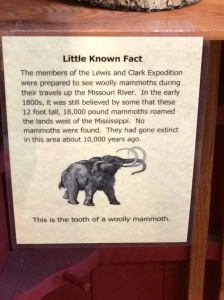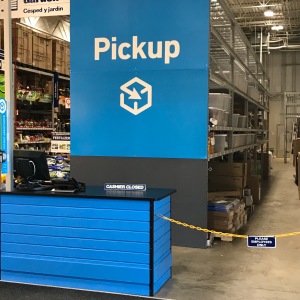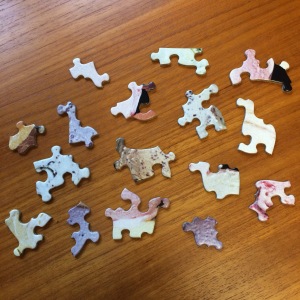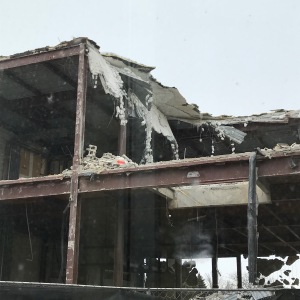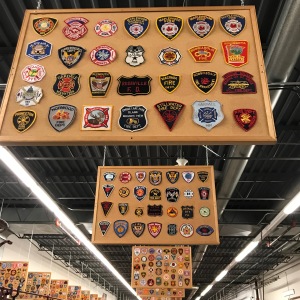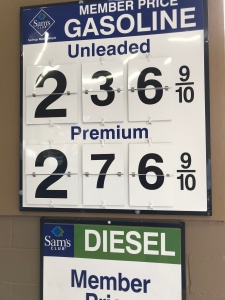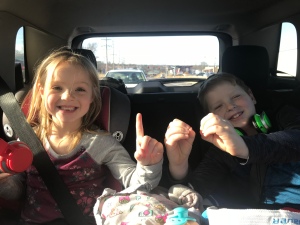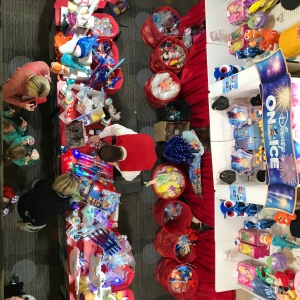Can you even imagine setting out on a journey that you believed would be all on water, only to learn that most of your travels would be on land? And not just flat land; the explorers did not know that the Rocky Mountains existed. It would be daunting to cross the Rockies today, let alone 200 years ago on horseback, especially when you did not expect them to be there!
Lewis and Clark had every excuse to quit along their journey. The conditions were so much rougher, the mode of transport totally different and the time frame (two years and four months) significantly longer than they originally expected. And after surviving grueling conditions to reach the ocean, they then had to return – over the same rough terrain.
When you want to tell your boss that you are going to quit because you have hit a barrier, think of Lewis and Clark looking over that first peak and realizing that there were miles more mountains instead of the northwest water route that they were seeking. The obstacles you face at work are nothing.
